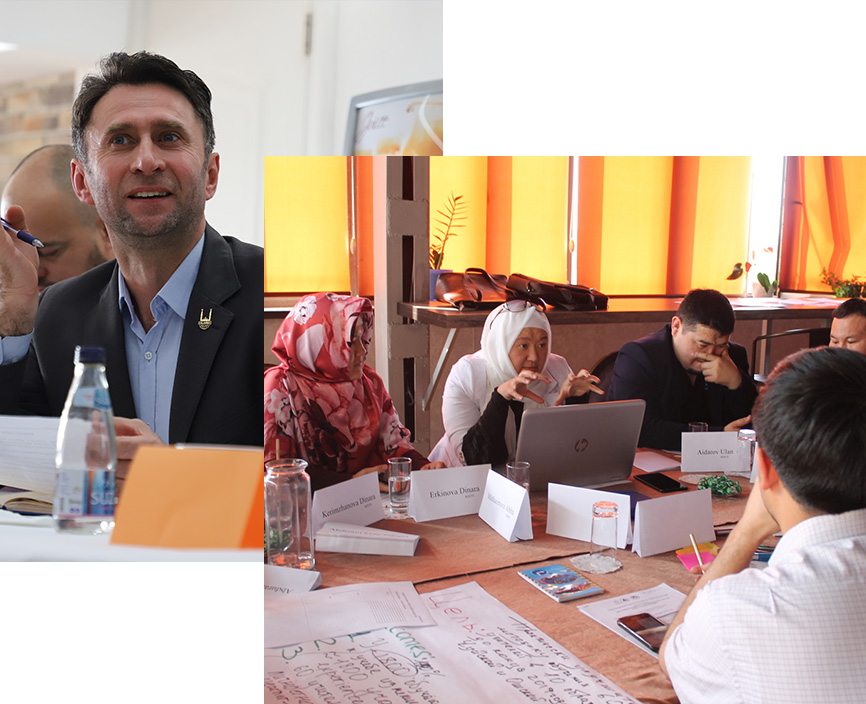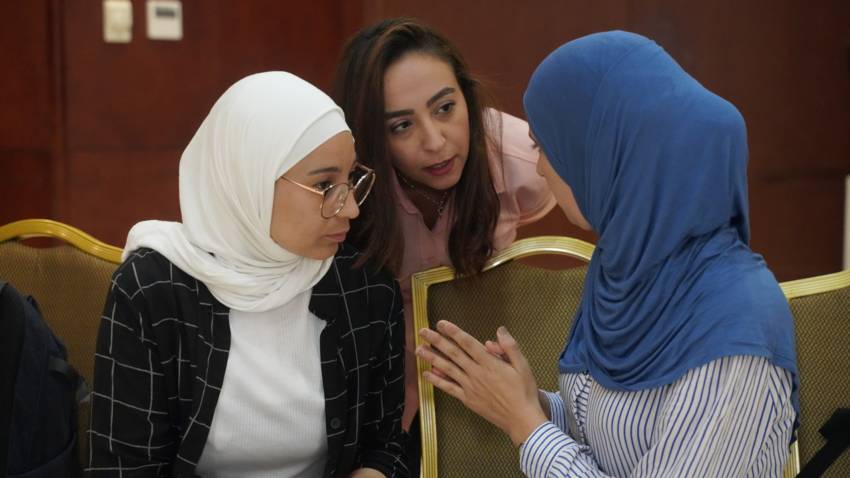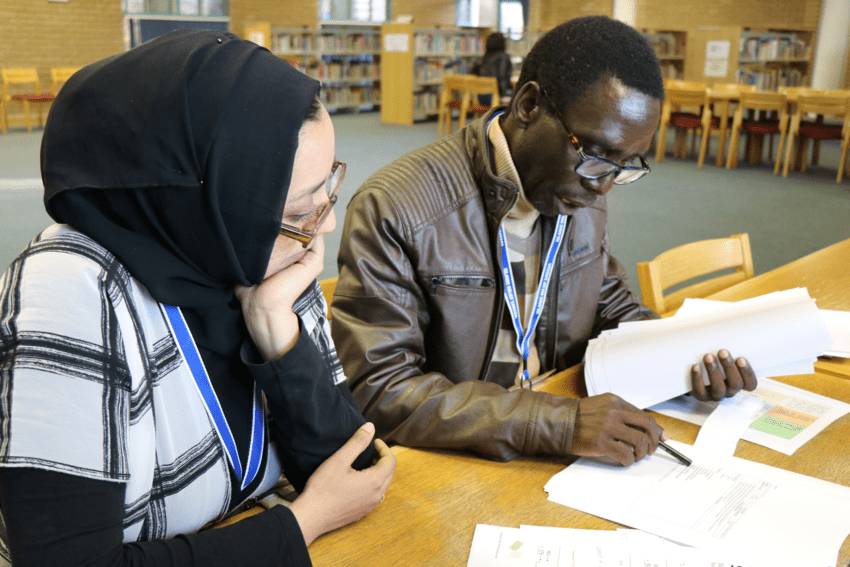Our achievements
Course overview
Safety and security training is essential for humanitarians given the risks to which they are exposed, especially when working in conflict zones. Although humanitarian work can be dangerous and risks cannot be completely eliminated, with sufficient risk assessment and preparation, it is often possible to prevent incidents or at least minimise the impact of them. HAD’s ‘Safety and Security in the Field’ training is a 4-day programme delivered in two phases: Phase 1 on prevention and impact mitigation and Phase 2 on practical ways to deal with security incidents.
In addition to classroom-based content, the course includes two e-learning modules that participants must complete prior to attending the face-to-face component. The e-learning modules provide a valuable grounding in security matters, while the face-to-face component provides a unique opportunity for participants to share experiences and exchange ideas, as well as to form new alliances upon which they can draw when travelling.
If you travel abroad for your work, our safety and security course is for you.
Main Objectives:
What will you learn?
- 1Part 1: What is Safety? What is Security?
- 2Part 2: Context
- 3Part 3: Risk Threats and Vulnerability
- 4Part 4: Security Strategies
- 5
Part 5: Before You Go
- 6
Part 6: Whilst You Are Away
Who is this course for?

L&D team
The Learning and Development team have extensive experience delivering this training course, designed specifically for the needs of the NGO and charity sector. They are well-equipped to take your skills to the next level with techniques that suit your learning style, be it at our bespoke training centre in Birmingham or via our new virtual space.

HAD empowers trainers in local communities to equip themselves with the skills needed to effectively transfer their knowledge to their peers, fostering long-term sustainability.













